2015 SMART Ottawa
February 12, 2015
SMART Remediation talks have focused on innovative technologies for remediating contaminated sites, approaches for site characterization, project case studies, regulatory and industry perspectives, and other related topics.

The 15th SMART Remediation conference was held in Ottawa on Thursday, February 12th, 2015. Details on the speakers and presentations are provided below.
Speakers
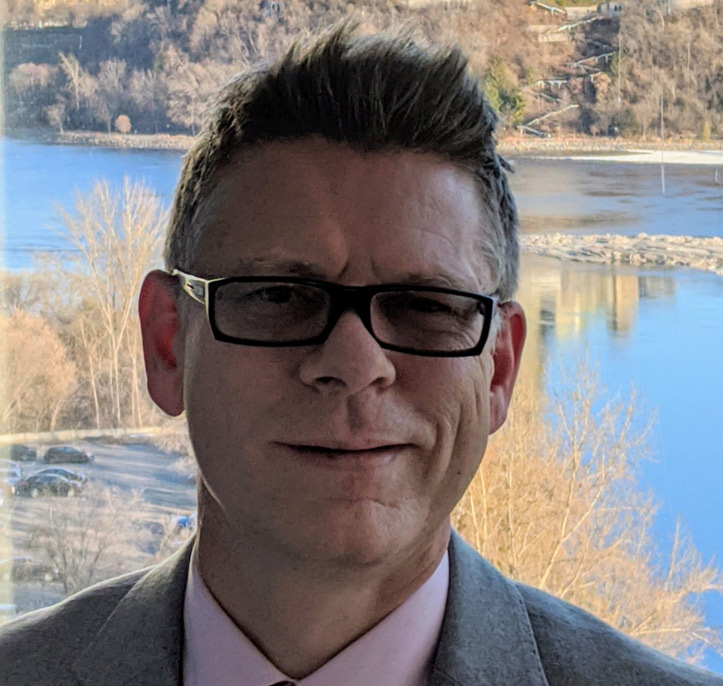
Clayton Truax,
PWGSC
Contaminated Site Cleanup Under the Federal Contaminated Sites Action Plan (FCSAP)
- Bio |
- Abstract
- | Presentation
Clayton Truax
Mr. Clayton Truax is the Manager, National Center of Expertise – Contaminated Sites within Public Services Procurement Canada (PSPC). In this role, he is responsible for national functional direction including delivery of the PSPC custodial program, Expert Support functions, and oversight of significant programs and projects implemented through PSPC’s Common Services role. Clayton joined the department in October 2001 and has subsequently occupied a number of progressive positions related to expanding the Department’s leadership role in contaminated sites within the federal government. Prior to joining PSPC, he spent 14 years in the private sector as an environmental consultant managing contaminated sites and other environmentally related projects in Canada and the United States. He holds a Bachelor’s Degree in Chemical Engineering from the University of Toronto and a Master’s Degree from the University of Waterloo in Civil Engineering and is a licenced Professional Engineer in Ontario.
Contaminated Site Cleanup Under the Federal Contaminated Sites Action Plan (FCSAP)
PWGSC serves as a common service provider within the federal government providing support to federal custodians in the areas of project management, technical expertise, and procurement. Further, PWGSC serves as an Expert Support within the Federal Contaminated Sites Action Plan, a 15-year, $4.23B program co-led by Environment Canada and Treasury Board Secretariat, which aims to reduce human health risks and environmental risks associated with federal contaminated sites as well as the elimination of associated financial liabilities. Procurement is crucial element to the successful delivery of the FCSAP program. During this presentation, an overview of the FCSAP program will be provided, the current forecast for private sector support discussed, and the current approaches to procurement highlighted.

Jeff Westeinde,
Windmill Development Group
Case Study: The E.B. Eddy Lands Redevelopment Project in Ottawa-Gatineau
- Bio |
- Abstract
- | Presentation
Jeff Westeinde
Jeff Westeinde is an active investor and entrepreneur in both the environmental/cleantech and real estate sectors with active investments in solar energy and technologies that promote the beneficial re-use of waste. Jeff is a founding partner of the Windmill Development Group, Canada’s leading sustainable real estate developer. Mr. Westeinde provides his expertise with the selection, remediation and development of brownfield sites in urban areas, a major part of Windmill’s development model. Mr. Westeinde is the founder and served as the Chief Executive Officer of Quantum Murray LP until late 2011. Jeff is an active participant in the Canadian environmental and cleantech sectors. As the lead investor and director in Envirogreen Technologies Ltd. which treats hazardous waste from sites across North America, and Clearly Solar Energy, which has constructed and operates over a dozen solar generation sites throughout Ontario. Mr. Westeinde has been distinguished as Entrepreneur of the Year by Ernst and Young, named one of Canada’s Top 40 under 40 by the Globe and Mail, recognized with the Young Alumni Award from the University of Western Ontario and has been awarded the Queen’s Diamond Jubilee medal for his distinguished service to Canada.
Case Study: The E.B. Eddy Lands Redevelopment Project in Ottawa-Gatineau
The Chaudiere Lands redevelopment represents over 3 million square feet of mixed-use development in downtown Ottawa and Gatineau. The 37-acre parcel of land, straddling the border between Quebec and Ontario, will be rejuvenated in a display of the area’s rich cultural and historical significance, located less than 1 km upriver from Parliament Hill. This site offers incredible views of the Chaudiere Falls, the Gatineau Hills, the Ottawa River, Parliament and the Peace Tower, and the War Museum. The vision is to redevelop this former industrial site into the planet’s most sustainable mixed-use community combining retail, residential, commercial, cultural, academic and community spaces. This presentation will focus on the redevelopment, and environmental issues surrounding this large and complex project. The development is one of eight projects across North America that were identified at the Clinton Global Initiative as being a pilot EcoDistrict Target City project, and is on-track to be the first Canadian project to receive One Planet Community endorsement. The Master Plan for this site honours Windmill’s vision of creating an urban community where it is easy, attractive and affordable for people to lead happy and healthy lives using only their fair share of the earth’s resources – this is One Planet Living. This initiative uses ten guiding principles as a charter to help world-class projects meet the sustainability challenges that we will face, and develop appropriate solutions using environmental ethics and innovation. As the first world-class sustainability showpiece community to be developed solely by a private sector developer, the transformation of the Ottawa-Gatineau waterfront will be completed through innovative and sustainable development, showcasing that living in harmony with the planet makes economic sense. The project will be a case study for pro-active approach to creating healthier communities for homeowners and the environment, and will be a positive catalyst for change, potentially driving a green revolution extending beyond the borders of real estate.
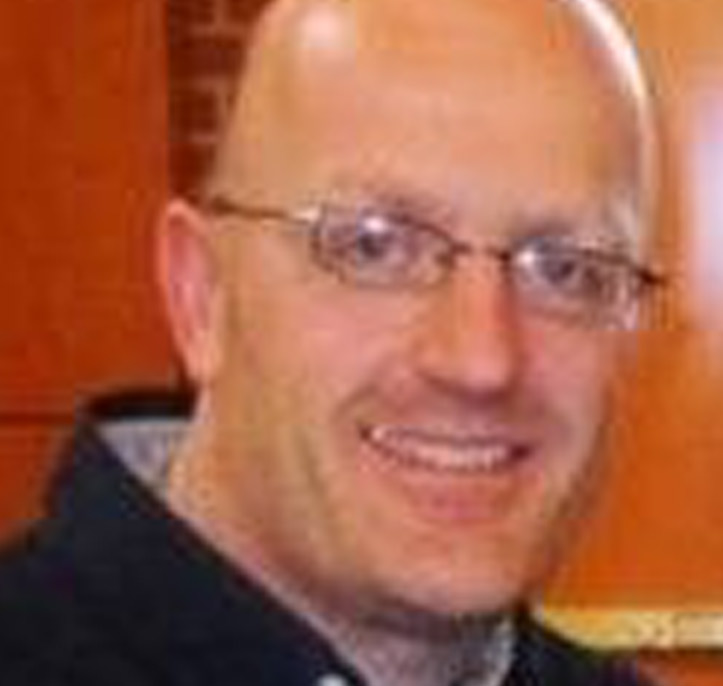
Grant R. Carey,
Porewater Solutions
A New Paradigm for Managing Chlorinated Solvent Sites
- Bio |
- Abstract
- | Presentation
Grant R. Carey
Dr. Grant Carey is President of Porewater Solutions, and is expert in mathematical modeling, NAPL characterization, and environmental forensics, with a focus on both litigation and regulatory projects. Grant has a Ph.D. in Civil Engineering from the University of Guelph, and has developed industry-leading modeling and visualization software including In-Situ Remediation MT3DMS (ISR-MT3DMS) for optimizing remediation and modeling diffusion-dominated transport, as well as Visual Bio, the NAPL Depletion Model, Vapor-2D, BioRedox-MT3DMS, and the Remediation ToolKit which includes SEQUENCE, BioTrends, and BioTracker. Grant is also an Adjunct Professor in the Department of Civil Engineering at the University of Toronto, where he is collaborating on research related to back-diffusion, long-term strategies for remediating complex sites, and remediation of PFAS and 1,4-dioxane. Grant has published or delivered more than 90 technical papers and short courses, and was previously a trainer for ITRC web seminars on Mass Flux/Mass Discharge, and Remediation of Contaminated Sediments.
A New Paradigm for Managing Chlorinated Solvent Sites
Through the past decade of research on DNAPL sites, a number of new tools are now available to improve how we manage chlorinated solvent sites. This presentation will describe how these tools may be used for characterization and remediation of contaminated sites, including: 1. Mass flux and mass discharge; 2. Empirical tools for defining realistic risk reduction goals for in-situ remediation; 3. NAPL Depletion Model for estimating natural and enhanced remediation timeframes; 4. Analytical and numerical models for evaluating the influence of back-diffusion on remediation timeframe. 5. Framework for transitioning from active to passive source treatment.
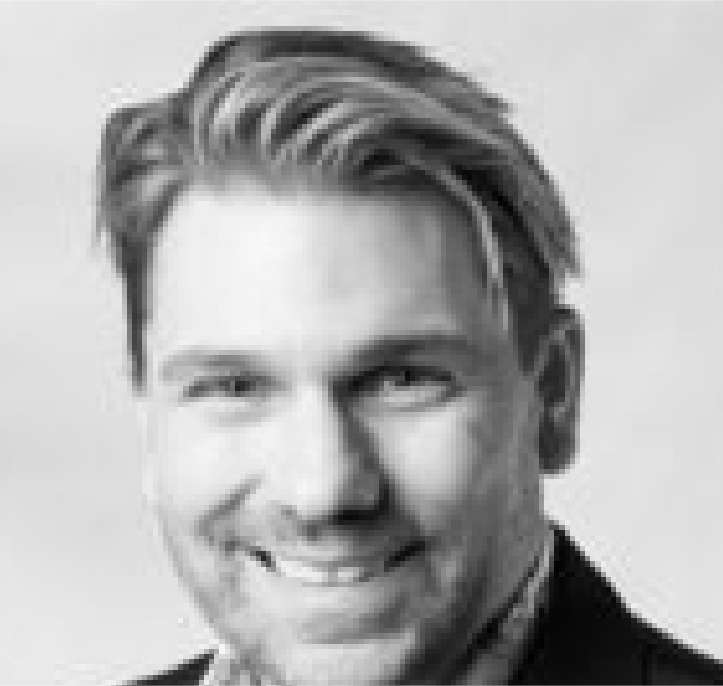
ean Paré,
Chemco inc.
Slow-Release Persulfate and MultiOx™ Cylinders for Passive, Long-Term, In-Situ Treatment of PHC Sites
- Bio |
- Abstract
- | Presentation
ean Paré
Jean Pare, P.Eng., has a degree in Chemical Engineering from Laval University. He has been involved for the last 22 years in the evaluation, development, design, and promotion of both conventional and innovative environmental technologies. As Vice President with Chemco Inc., his responsibilities include the remediation design, technico-economical analysis and technology supply for chemical oxidation and reduction, soil washing, and enhanced bio-remediation. Last year, he worked with over 400 sites applying his expertise to various types of organic and inorganic contaminants in soil and groundwater. He is also involved with many environmental organizations such as CLRA, CBN, ESAA, BCEIA and Reseau-Environnement where he is an active technical committee member and regular technical speaker.
Slow-Release Persulfate and MultiOx™ Cylinders for Passive, Long-Term, In-Situ Treatment of PHC Sites
Groundwater impacted with petroleum hydrocarbon contamination (e.g. benzene, toluene, ethylbenzene, xylene (BTEX), methyl-tert butyl alcohol (MTBE), and polycyclic aromatic hydrocarbons (PAH’s)) is common. In situ chemical oxidation using persulfate and permanganate, or combinations of persulfate and permanganate has been successfully as a treatment technology for the remediation of petroleum hydrocarbons and BTEX compounds. The application of Persulfate SR (Slow Release) ISCO reagent and MultiOx™ SR ISCO reagent cylinders are novel remedial approaches for the implementation that are sustainable low footprint, does not require the injection of liquids, and minimizes disruption of active facilities. This presentation will show case a series of bench-scale oxidation experiments were performed to (i) understand oxidant release rates from slow-release persulfate or MultiOx cylinders versus direct chemical injection, (ii) determine the persistence of oxidants in site soil, and (iii) determine the kinetic rate of contaminant degradation. Oxidant release rates from slow release oxidant cylinders were evaluated in a series of long-term 1-D column experiments. Soil oxidant demand was experimentally determined from a range of oxidant concentrations. Additionally, batch contaminant oxidation experiments were conducted in deionized water and soil materials to evaluate the potential of natural activation mechanisms. Kinetic models were used to describe the contaminant oxidation rates and regression models were developed to quantify the release of oxidants from the cylinders. Finally, 1-D column experiments were conducted to demonstrate BTEX/MTBE oxidation efficiency from slow-release persulfate and MultiOx cylinders. Based on the lab work above, a conceptual framework was developed that incorporated (i) oxidant release from the cylinders, (ii) soil oxidant demand rates, and (iii) contaminant oxidation kinetics. Results from these experiments demonstrate that the oxidant released from the cylinders is sufficient to overcome the soil oxidant demand, and can effectively degrade petroleum hydrocarbon contaminants in situ. The utilization of slow release persulfate or MultiOx cylinders can provide a simple, long-term and cost-effective approach for remediating petroleum hydrocarbon contamination in the subsurface. The cylinders can be easily emplaced in the subsurface using direct-push technology or suspended in wells for easy recharge. There is great potential to combine the slow release oxidant cylinders with other technologies such as biological remediation or other mass removal strategies (e.g. excavation, SVE) for accelerated and more efficient site remediation.
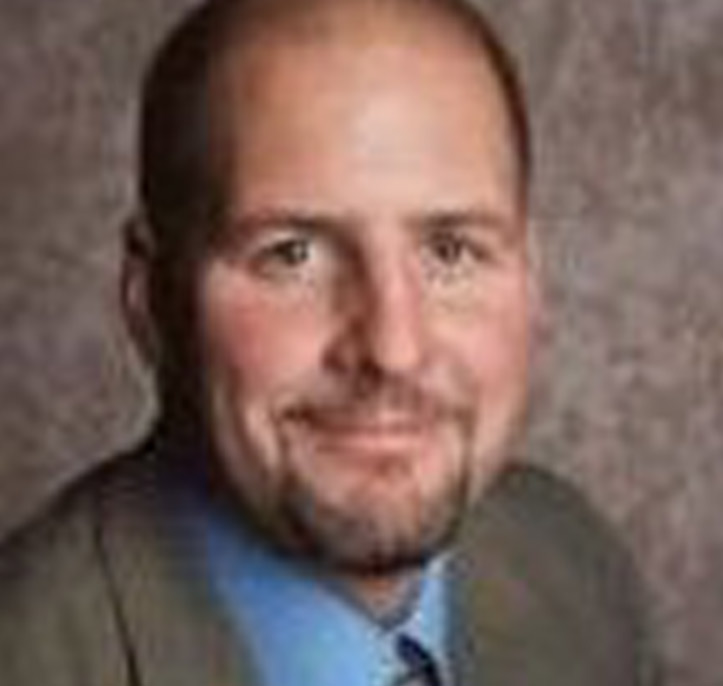
Evan Cox,
Geosyntec Consultants
Case Study: Full-Scale Electrokinetic-Enhanced Bioremediation (EK-BIO) of a PCE DNAPL Source Area in Clay Till
- Bio |
- Abstract
- | Presentation
Evan Cox
Mr. Evan Cox is a principal remediation scientist with 25 years of demonstrated experience in the development, feasibility evaluation and application of innovative remediation technologies, including enhanced in situ bioremediation (EISB), in situ chemical oxidation (ISCO), in situ chemical reduction (ISCR), monitored natural attenuation (MNA), and thermal and electrokinetic treatment of chlorinated solvents, energetics and explosives, PCBs, and redox-sensitive metals in porous media and fractured bedrock. He works with private sector interests and government research programs to develop innovative in situ treatment technologies, and to demonstrate and validate their use at field scale for widespread commercial use. As part of his in situ remediation research, development, and implementation work, he has authored over 50 professional publications and articles regarding the degradation of hazardous contaminants in subsurface environments, and has co-authored multiple guidance documents and educational courses on these subjects.
Case Study: Full-Scale Electrokinetic-Enhanced Bioremediation (EK-BIO) of a PCE DNAPL Source Area in Clay Till
The success of in-situ remediation technologies requires effective and uniform delivery of remediation reagents through the target treatment area. Traditional amendment delivery techniques based on hydraulic advection mechanisms are often faced with limitations in areas with low-permeability materials and/or highly heterogeneous geology. Transport of ionic substances, such as lactate, in an electric field is relatively independent of hydraulic properties and fluid flow. Therefore, electrokinetic-enhanced amendment delivery represents an innovative solution allowing effective in-situ remediation in areas where permeability is limited and heterogeneous. In 2011 a field pilot test was carried out at the Skuldelev site, Denmark to assess the ability of the novel EK-BIO technology to treat PCE DNAPL source material in clay till with interbedded deposits of sand. The EK-BIO pilot test demonstrated the transport and distribution of amendments (lactate and microbial culture KB-1™) through clay soils in the target area. Results from groundwater and clay soil sampling showed significant reductive dechlorination of PCE to cisDCE, VC and ethene coupled with significant levels of dechlorinating microorganisms (Dhc with vcrA), indicating that PCE dechlorination in clay soil was achieved by EK-BIO with KB-1™ bioaugmentation. Based on the successful pilot test, full-scale remediation was implemented. Full-scale EK-BIO of a PCE source area at was initiated in December 2012. The treatment zone, addressed by a network of 15 electrode wells, covers an area of 100 m2 to a maximum depth of 10 m bgl. The overall area is divided into two sub-areas, which are treated in alternating stages, each for a period of three months. The polarity of the electrodes is changed to alter the current directions and electric field orientations in alternating stages in order to optimize the EK transport efficiency and to achieve treatment of the entire target zone for remediation. Performance monitoring comprises monthly water sampling for TOC and field measurements, as well as quarterly water sampling for complete characterization of contaminant composition and degradation processes. In addition, soil sampling was also performed at the end of select stages of operation to assess treatment in clay materials. The results from the first two years of EK-BIO operation will be presented. At present, 5 stages (approximately 20 months) of operation and monitoring have been completed with very encouraging results. Electron donor and Dhc have been distributed throughout the treatment area, and complete reductive dechlorination of PCE to ethene has been well established, with the degree of dechlorination continuing to increase. Orders of magnitude increases of Dhc have been observed between clay soil samples collected before remediation and following one year of EK-BIO. Soil sampling data support the groundwater monitoring data and confirm that EK-BIO implementation has achieved active reductive dechlorination treatment within low-permeability clay materials. Successful implementation of this EK technology will broaden the applicability of various in-situ remediation technologies including in situ bioremediation and in situ chemical oxidation.
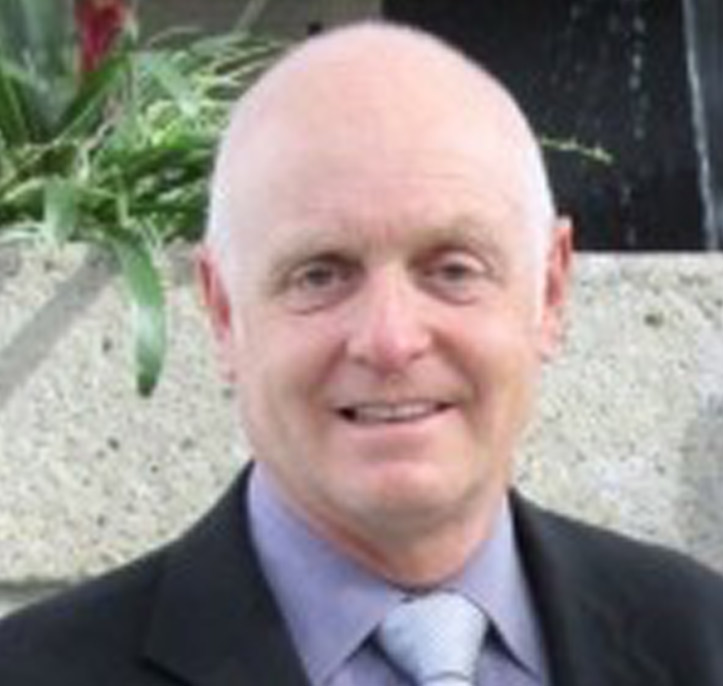
Garry Ogletree,
Nelson Environmental Remediation
Low Temperature Thermal Desorption (LTTD): An Innovative and Environmentally Sound Means for Soil Remediation
- Bio |
- Abstract
- | Presentation
Garry Ogletree
Garry has worked in the environmental business for over thirty years, and has held a variety of roles ranging from analytical laboratory, water-treatment, and soil remediation, in positions ranging from analyst, laboratory supervision, quality control, customer service, account management, consultant and business development. He has a strong technical knowledge, an in-depth knowledge of the environmental business and its people, along with strong trouble-shooting skills.
Low Temperature Thermal Desorption (LTTD): An Innovative and Environmentally Sound Means for Soil Remediation
Often hydrocarbon impacted soil is disposal at a landfill. This method does not remediate the soil, it merely re-locates the problem. From an environmental perspective, landfilling is not sustainable. Low Temperature Thermal Desorption (LTTD) is an innovative process of remediating hydrocarbon contaminated soils, sediments and sludge in a sustainable manner which preserves the remediated soil for re-use while eliminating liability. LTTD is an Ex-Situ means of physically separating volatile and semi volatile organic contaminants from the soils through application of heat, incorporating sound environmental practices. Hydrocarbon impacted soils are placed in a rotary drum desorber, and heated to volatilize the hydrocarbons. The process gas stream is then routed through a baghouse to remove particulates and the contaminants of concern (COC’s) are routed to a thermal oxidizer, converting the COC’s into carbon dioxide and water. The clean treated soil can be recycled and returned to the site of origin, to be used as backfill, or for re-use on site for a variety of purposes. This presentation will focus on the technology, and the performance factors one must consider in order to successfully use Low Temperature Thermal Desorption. These factors include proper logistical planning, site requirements, the soil’s physical properties (these include the moisture, the plasticity, heat capacity, particle size, and bulk density of the influent soil). The COC’s characteristics and concentrations, volume of contaminated soil and fuel sources, are all factors that can affect the effectiveness of the treatment process. Operational issues; like frost and frozen ground conditions, plant operations, treated stockpile confirmation sampling and reinstatement/backfilling will be discussed to help understand the real issues that occur after the selection and applicability of the technology.